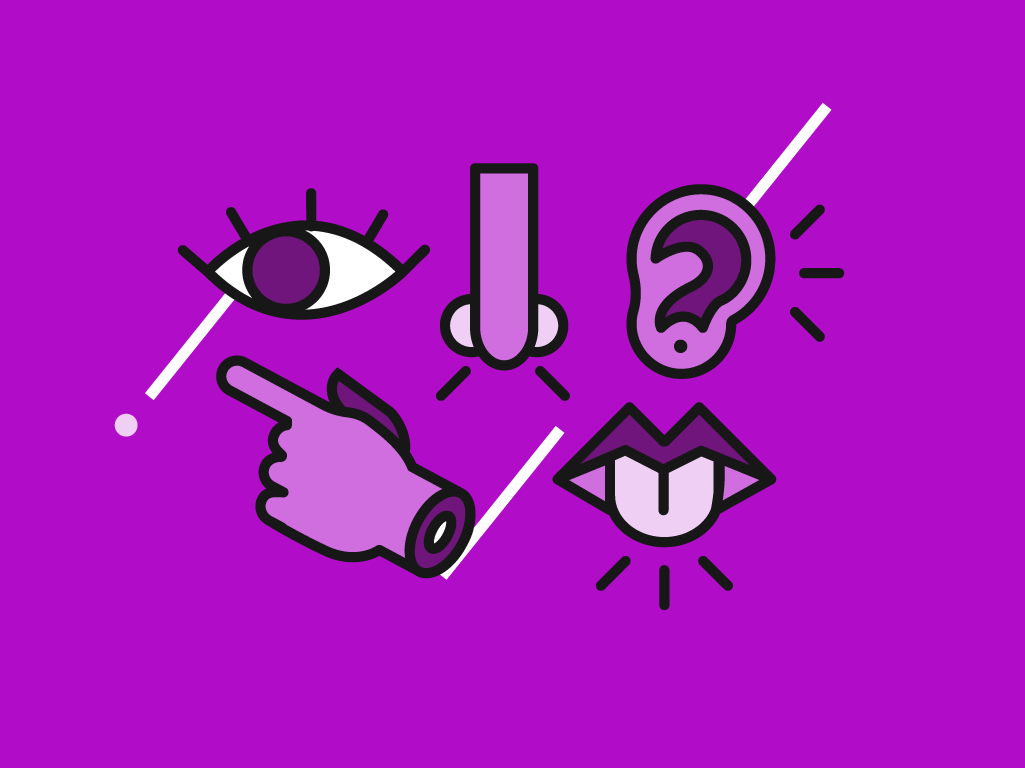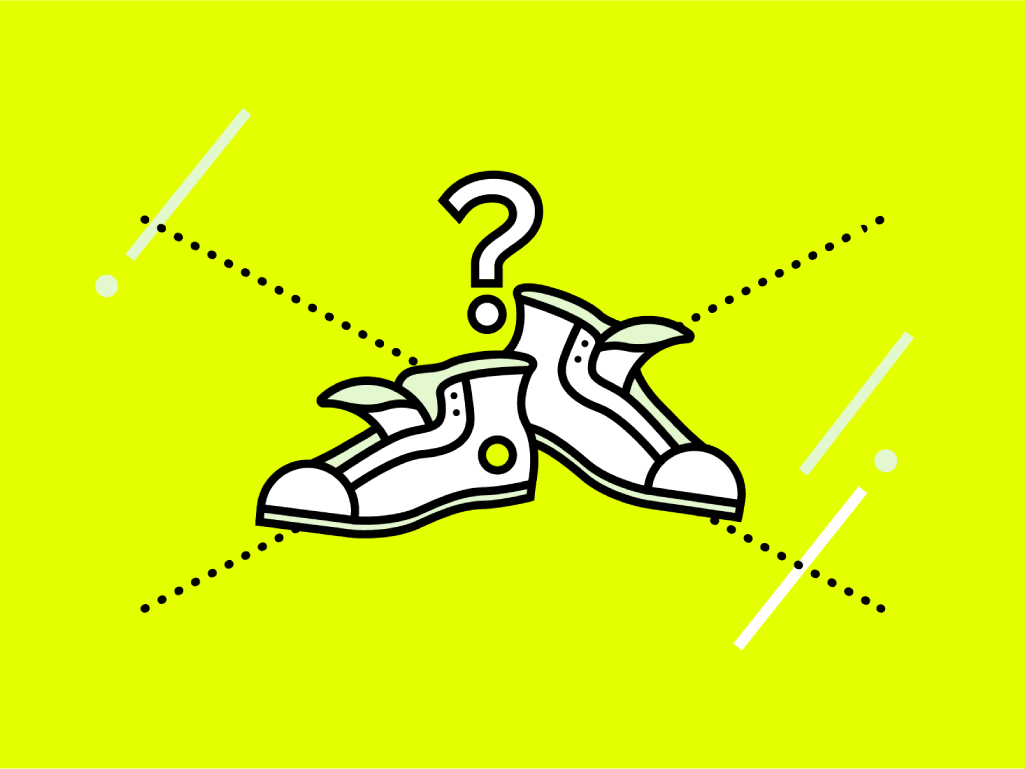VR design is the creation of a simulated world where users can immerse themselves into any sort of experience you can dream up. Whether that’s for entertainment, gaming, education, collaboration, or even a workout – you can be anyone you like and experience anything without limitation. But what does it take to design and develop these experiences? It takes a deeper consideration of the sensations that enhance our experiences in both the real world and in VR – and a lot of empathy. You must literally put yourself in the shoes of your users and design what they see, feel, do, and hear at every moment along the way.
So, before you begin your prototyping phase, follow the simple steps below to create a list of required features using your 5 senses as your guide.
How to use or facilitate:
- Give everyone a blank sheet of paper and a writing utensil.
- Now start with the basics. At the top of the page, ask the group to describe the theme or topic of the VR experience they want to create. For example, “I want to create a haunted house.”
- In a second line, ask the group to write how they want their users to feel emotionally while in the simulation. For the haunted house example, the feeling could be “fear,” or even “anticipation” (we’ve all felt that rush of adrenaline before the clown pops out). They’ll want to add little moments throughout their simulation that provoke that specific emotion.
- Now have the group divide the bottom half of their sheets into 5 columns and label each column with each of the following: See, Hear, Feel, Smell, Taste.
- Set a timer for 1 minute. Starting with the “See” column first, ask the group to consider all of the things you might see in your VR simulation that would help contribute to your desired feeling. For example, in a haunted house you might see a man with a chainsaw, smoke, clowns, strobe lights, zombies breaking through the ground – all of which contribute to a fear response.
- Now reset the timer in one minute increments for each of the following columns and ask the group to consider all 5 senses as they think through their simulation. What do they “Hear”? Creaky floorboards as they step on the staircase, a witch’s cackle around the corner, a ghoulish little girl behind them. What do they “Feel”? Maybe the handsets vibrate as the man with the chainsaw comes closer. What do they “Smell“? While you can’t add scent to your VR (yet), you can create scenarios that hint at them. Maybe the tomb room smells musky, moldy, and like cold concrete. This might prompt you to add a bit of grime to the walls and ooze on the floors. And finally, what do they “Taste?” Maybe the clown’s lair tastes like popcorn and cotton candy to entice its victims. You might add these treats to give the hint of creepy carnivale.
- At the end of the exercise, each participant has now developed a list of features that can be implemented into their VR experiences, and a roadmap to take on to the next prototyping phase.
The takeaway
Designing and prototyping in VR requires a whole new level of experiential consideration and empathy. Thinking through each of the five senses and how we experience situations in the real world is how we enable a truly immersive experience in VR – with impacts and new perspectives we’ve never seen before. For example, a Stanford-University of Georgia study showed that users subjected to a VR lumberjack simulation used 20% less paper products afterwards. With VR, the devil is in the details. Just think of what can be done when users can experience wonders never before possible with an added layer of consideration for what they see, feel, hear, smell, and taste.
Pro-tips:
For an alternative version, you can do this exercise as a group! State the initial prompt to the group and collectively select a theme and an emotion. Have each participant write their ideas on individual post-its (one idea per post-it). After coming up with ideas for all 5 senses in 1 minute increments, have each participant bring their post-its up to the wall and place them under each corresponding sense and explain. Save time for any discussion, additions, or builds on their ideas to fully round out the list of action items.





